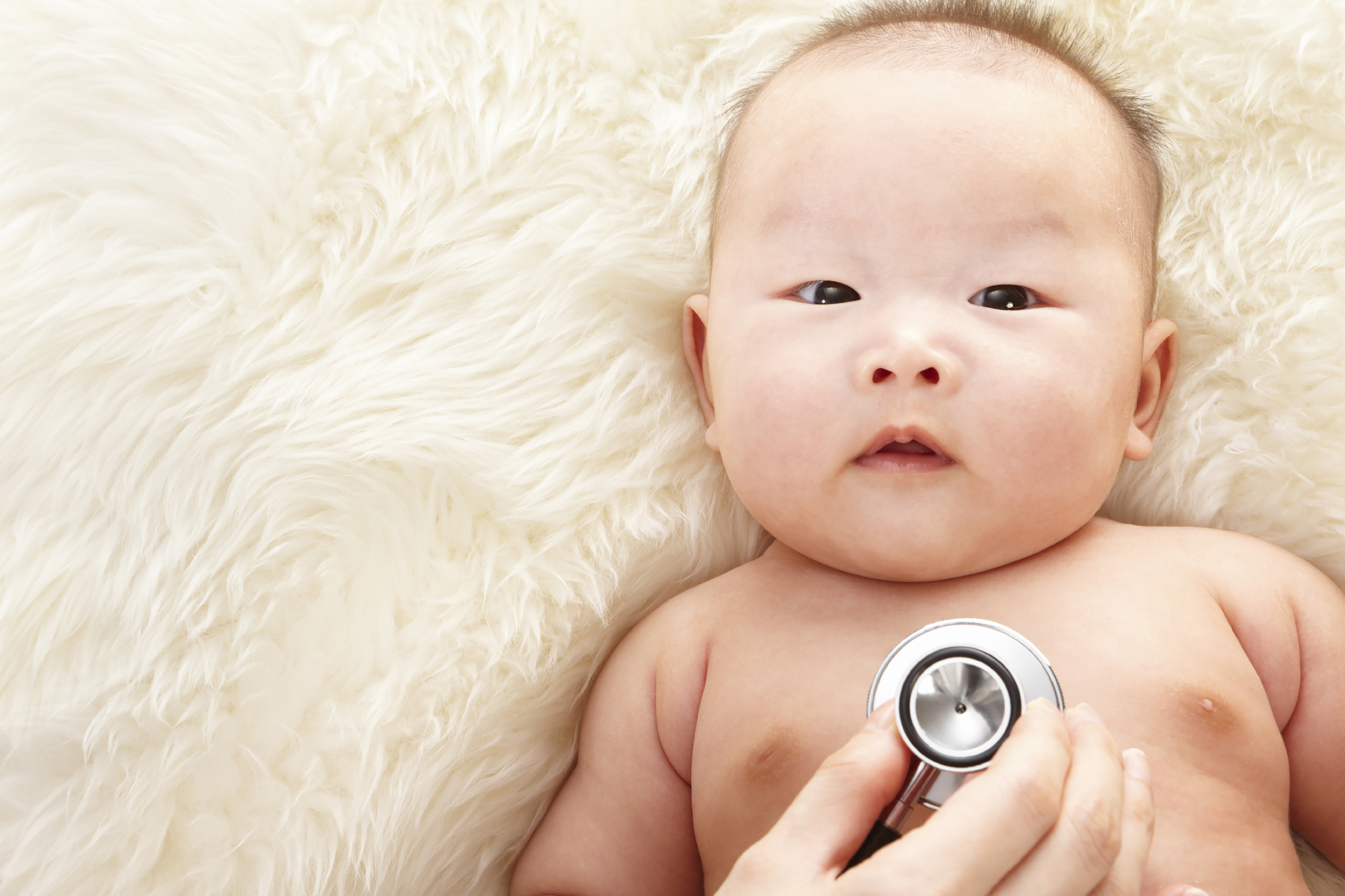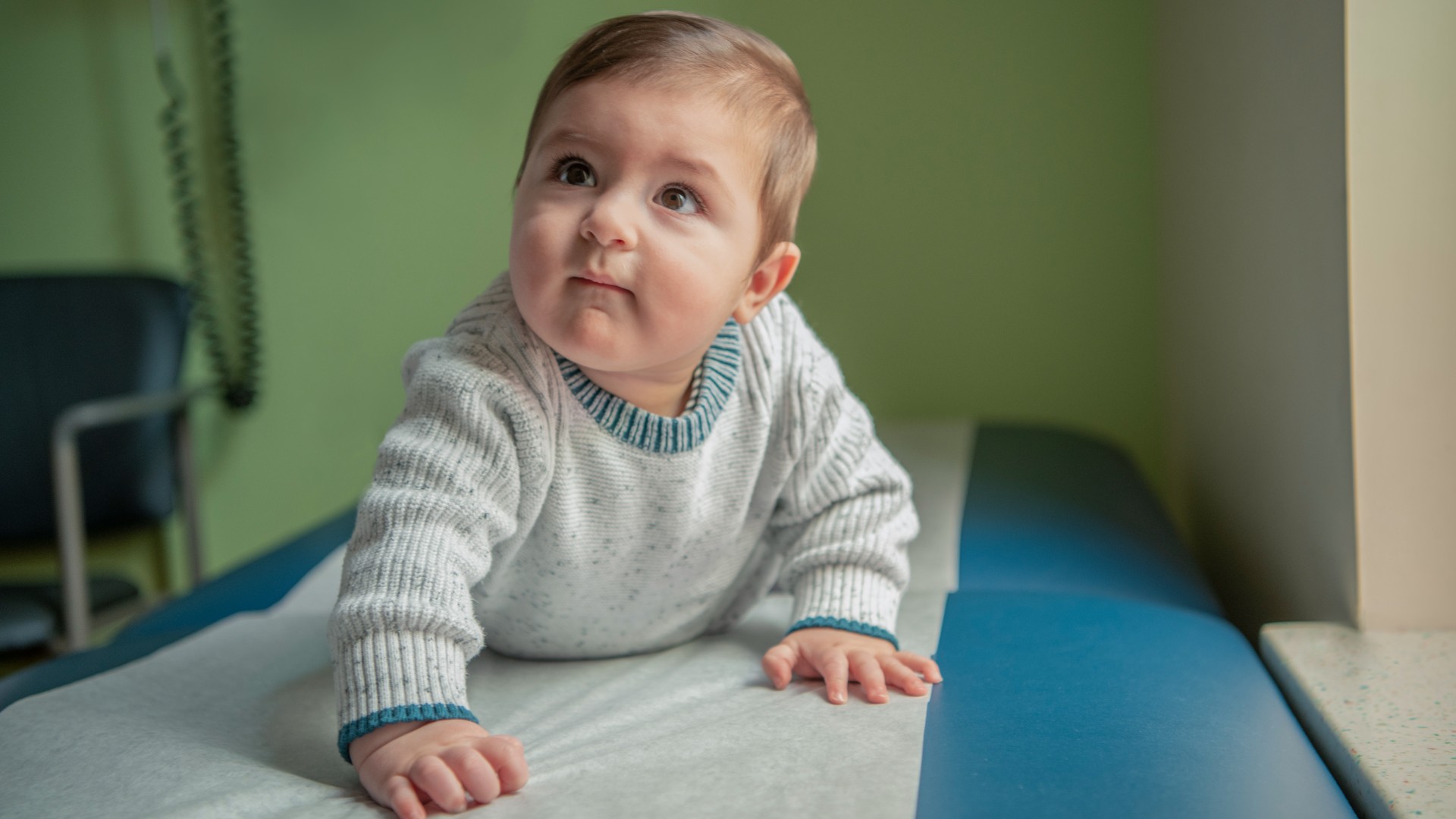Condition
Pediatric Ureterocele
What You Need to Know
A ureterocele is a birth defect that affects the kidney, ureter and bladder. When a person has an ureterocele, the portion of the ureter closest to the bladder swells up like a balloon and the ureteral opening is often very tiny and can obstruct urine flow. This blockage can affect how part of the kidney develops and works.
Key Symptoms
The most common symptoms of a ureterocele are:
- Back or abdominal pain
- Urinary tract infection
- Fever
- Painful urination
Diagnosis
Doctors typically diagnose a ureterocele by:
- Abdominal ultrasound
- Voiding cystourethrogram (VCUG)
- Mag-3 diuretic renal scan
Treatment
Treatment may include:
- Transurethral puncture
- Surgery
Schedule an Appointment
Our pediatric specialists provide personalized care for your child’s physical, mental and emotional health needs. Meet our providers and schedule an appointment today.
Frequently Asked Questions
What are the types of ureteroceles?
What are some complications of a ureterocele?
What are symptoms of a ureterocele?
How is a ureterocele diagnosed?
How are ureteroceles treated?
Meet the Providers Who Treat Ureterocele
Departments that Treat Ureterocele

The Zickler Family Prenatal Pediatrics Institute
The Zickler Family Prenatal Pediatrics Institute at Children's National Hospital in Washington, D.C., provides specialized care for babies during pregnancy, delivery and after birth.

Help Kids and Make a Difference
Invest in future cures for some of life's most devastating diseases. Give today to help more children grow up stronger.








